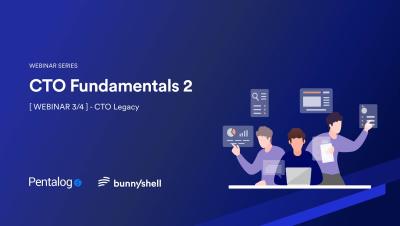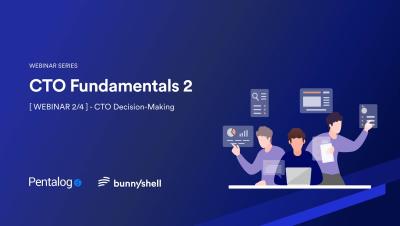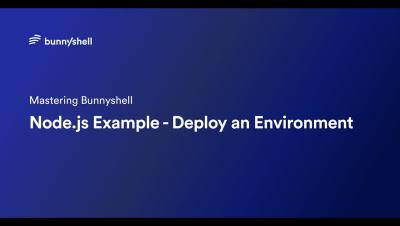CTO Fundamentals II - 3:4 CTO Legacy Webinar Recording
Corneliu Fatulescu has more than 23 years of experience in SaaS, two-sided markets, user-generated content, and media products. Currently, he's leading a team of 60 engineers working on defining the technology strategy and vision at the group level. Have you ever assumed another CTO's legacy? Did you say, "Wow! I love it. We have a solid foundation. We need to keep going, and everything will be alright"? Or was it more like, "this is a sinking mess"?














